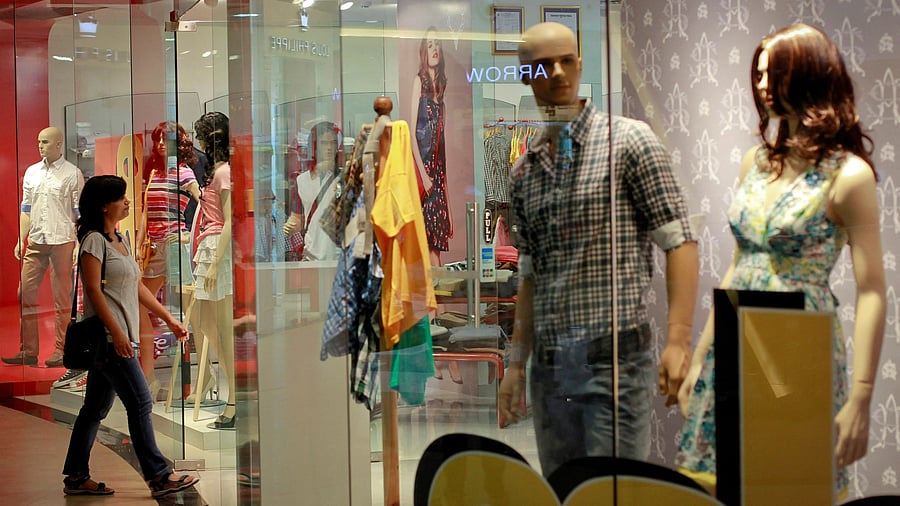
File photo for representational purpose.
Credit: Reuters photo
New Delhi: Retail inflation fell to a record low of 0.25 per cent in October following cut in GST rates on nearly 380 items of mass consumption coupled with subdued prices of vegetables, fruits and eggs.
October Consumer Price Index (CPI)-based inflation was lowest in the current series (base year 2012), which captures data since January 2014.
The inflation was 1.44 per cent in September and 6.21 per cent in October 2024.
According to the data released by the National Statistics Office (NSO), the food inflation declined to (-) 5.02 per cent in October.
The decline in headline inflation and food inflation during October 2025 is mainly attributed to full month's impact of decline in GST, favourable base effect and to drop in inflation of oils and fats, vegetables, fruits, egg, footwear, cereals and products, transport and communication, NSO said.
The Reserve Bank, which mainly factors in retail inflation in its monetary policy, has been mandated by the government to ensure CPI remains at 4 per cent with a margin of 2 per cent on the either side.
The reduced rates of Goods and Services Tax (GST) came into effect from September 22.
The NSO data showed that inflation in the rural area was in negative zone at 0.25 per cent and in urban areas at 0.88 per cent.
The highest inflation was in Kerala (8.56 per cent), followed by Jammu and Kashmir (2.95 per cent), Karnataka (2.34 per cent), Punjab (1.81 per cent) and Tamil Nadu (1.29 per cent).
The inflation was negative in several states, including Assam, Bihar, Chhattisgarh, Delhi and Uttar Pradesh.
Commenting on the data, Aditi Nayar, Chief Economist at ICRA, said the Reserve Bank's Monetary Policy Committee (MPC) is likely to pare its CPI inflation projection for FY2026 further from 2.6 per cent, driven by the soft sequential momentum in food prices as well as the impact of the GST rate rationalisation on several items in the CPI basket.
"This, along with the dovish tone of the October 2025 policy document, would support a 25-bps rate cut in the December 2025 policy review, unless Q2 FY2026 GDP growth surprises on the upside," she said.
Rajani Sinha, Chief Economist, CareEdge Ratings, said that with the GST rate rationalisation rolled out towards the end of September, its positive impact was reflected in October's lower inflation reading.
"From a monetary policy perspective, moderating inflation provide the RBI with greater room to focus on supporting economic growth, in midst of continued external headwinds and uncertainties surrounding the trade negotiations with the US. If growth weakens in H2 FY26, the latest inflation readings could create scope for a rate cut," Sinha added.
The next meeting of the MPC is scheduled during December 3 to 5, 2025.
Rajeev Sharan of Brickwork Ratings said inflation has decelerated to the lowest level in the current CPI series, reflecting a combined impact of GST reductions, favourable base effects, and broad-based easing across food and transport categories.
"From a credit rating perspective, this disinflationary trend helps ease input cost pressures, supports corporate margins, and strengthens debt-servicing capacity," he said.
The NSO collects data for CPI from selected 1,181 villages and 1,114 urban markets across the country.